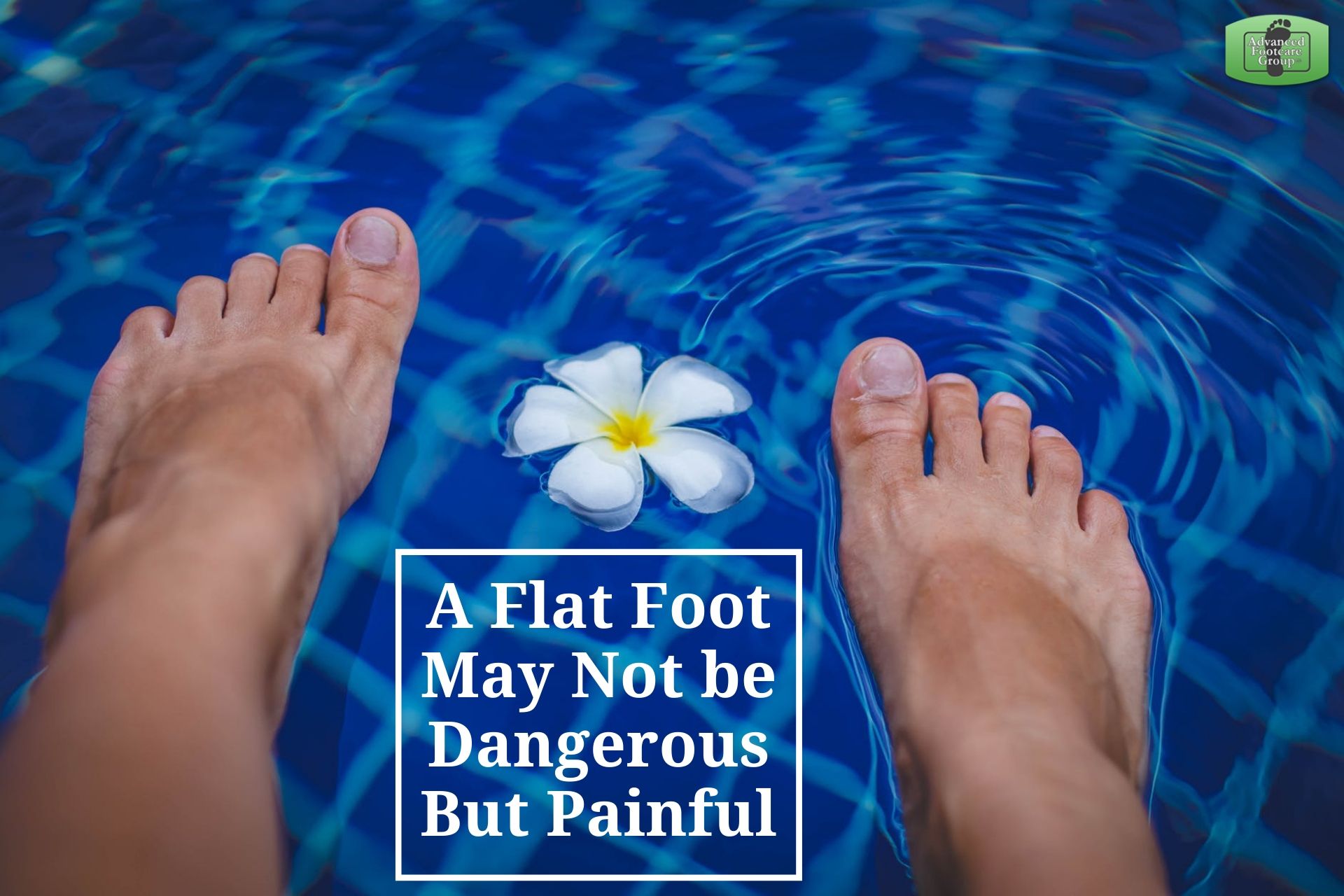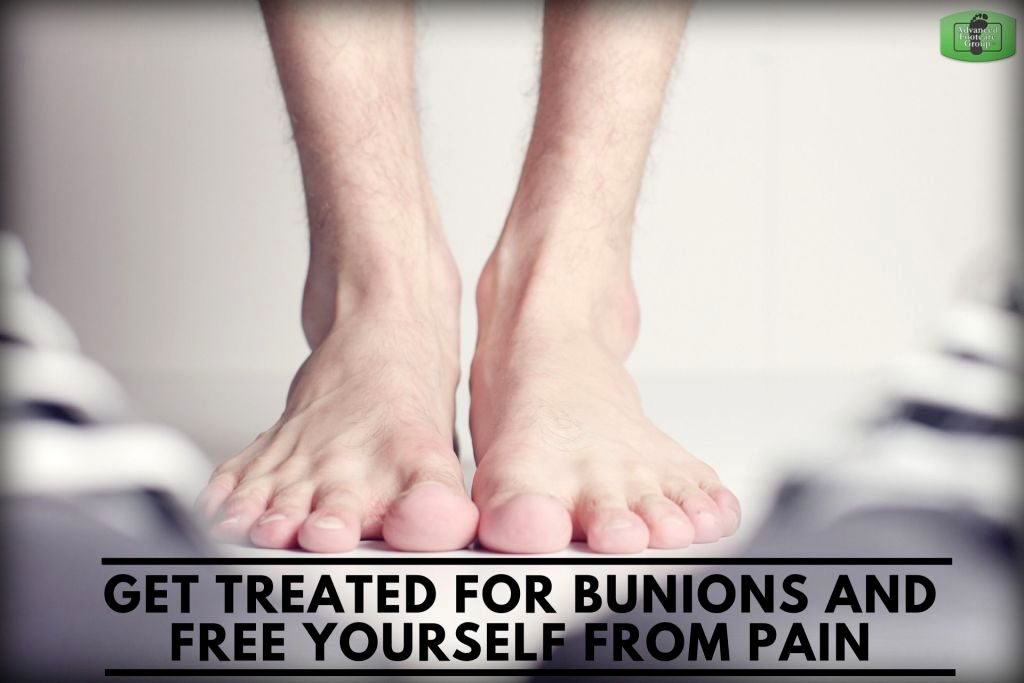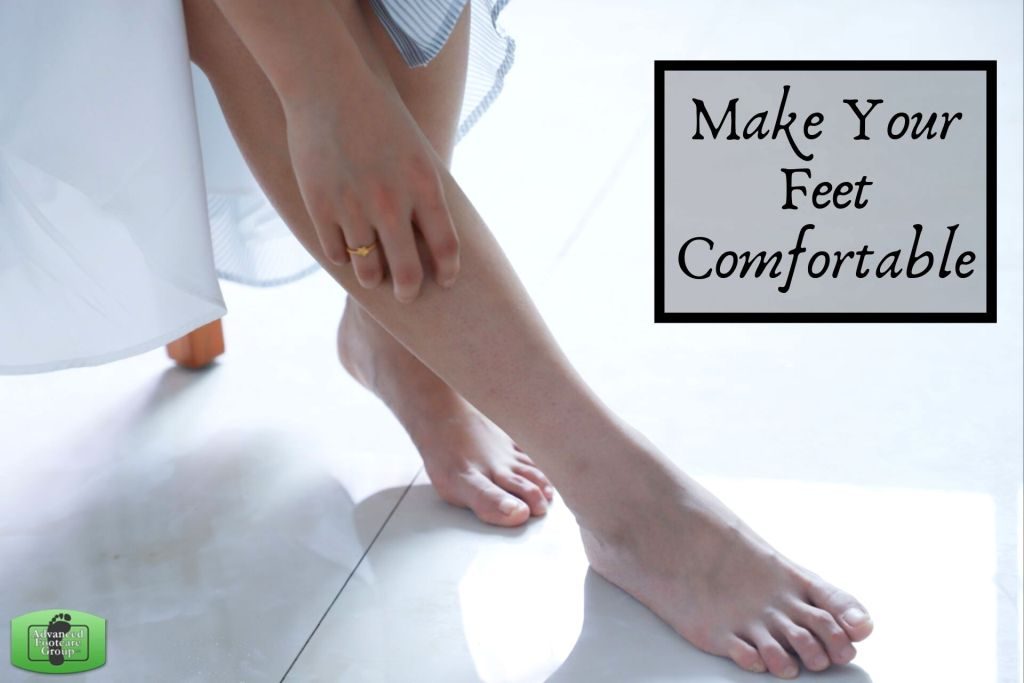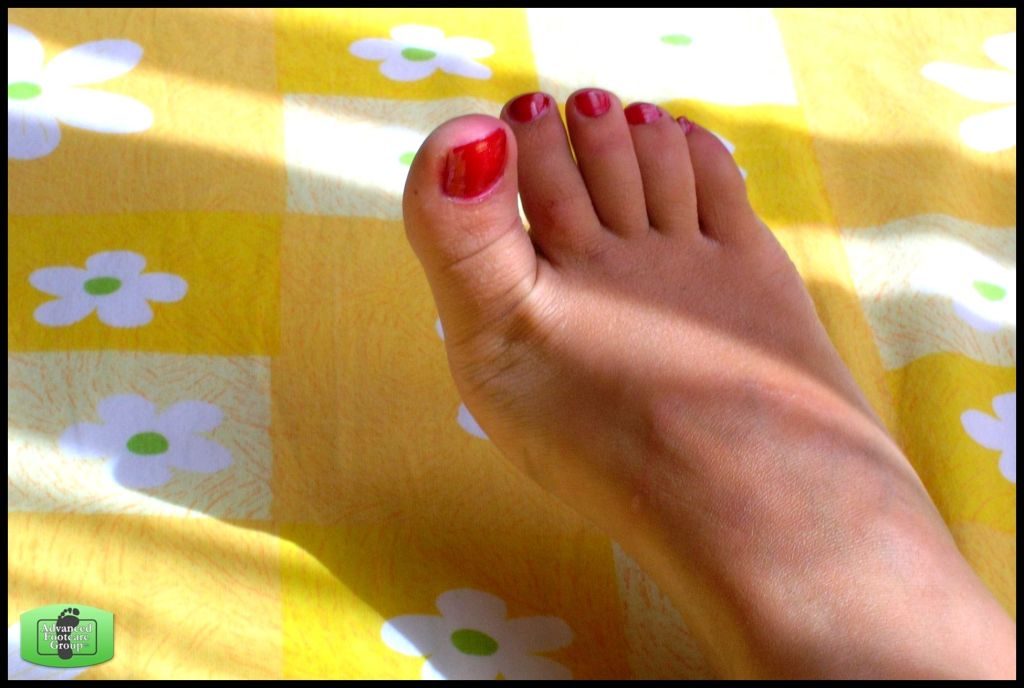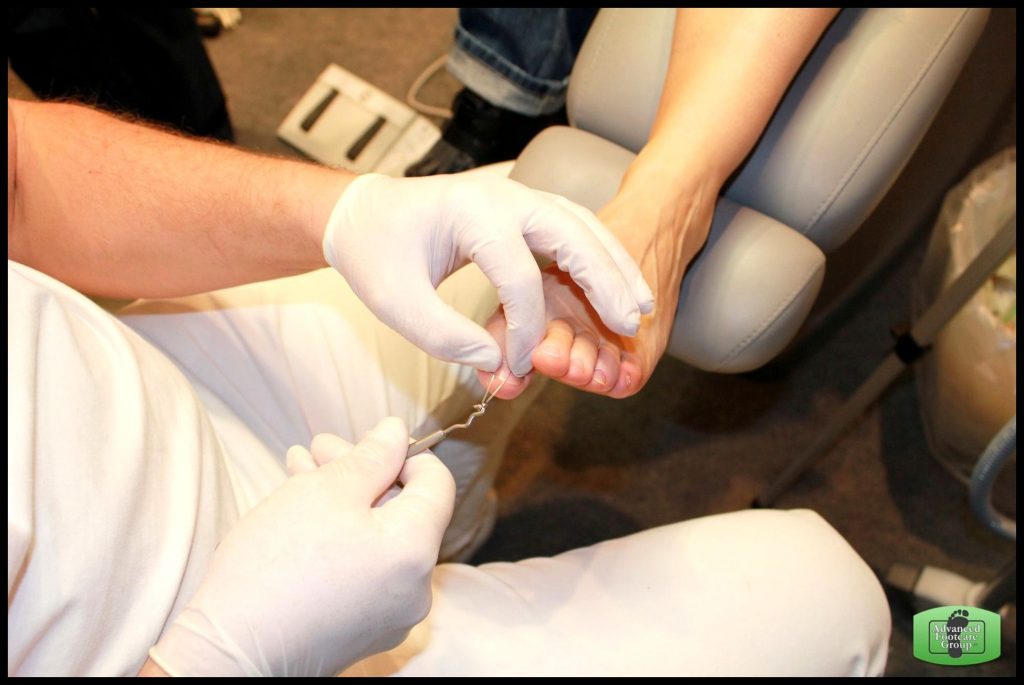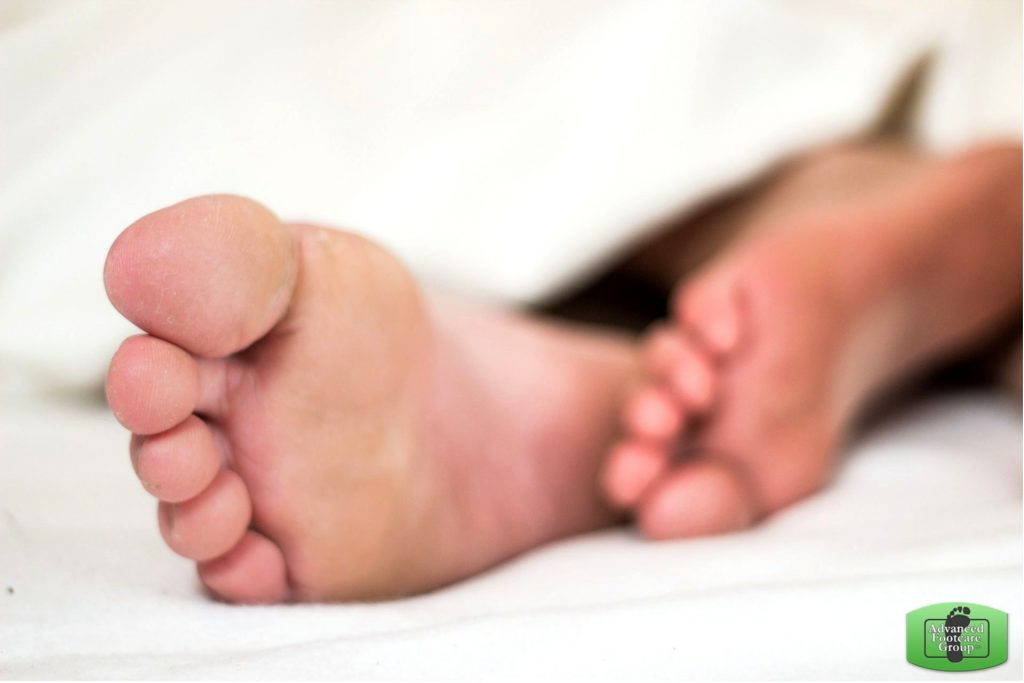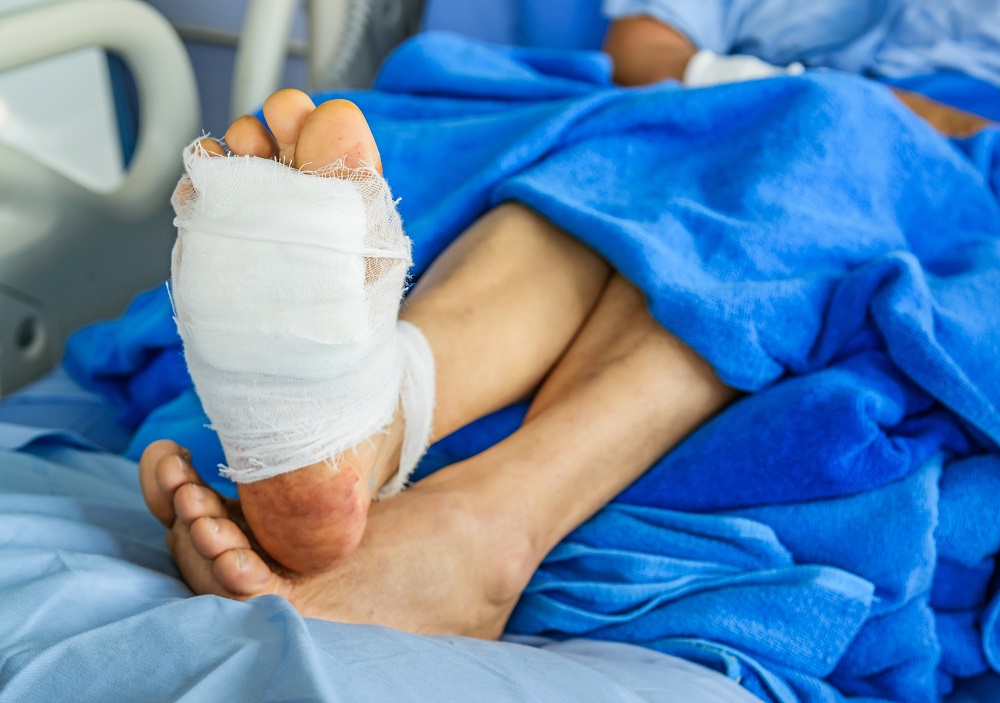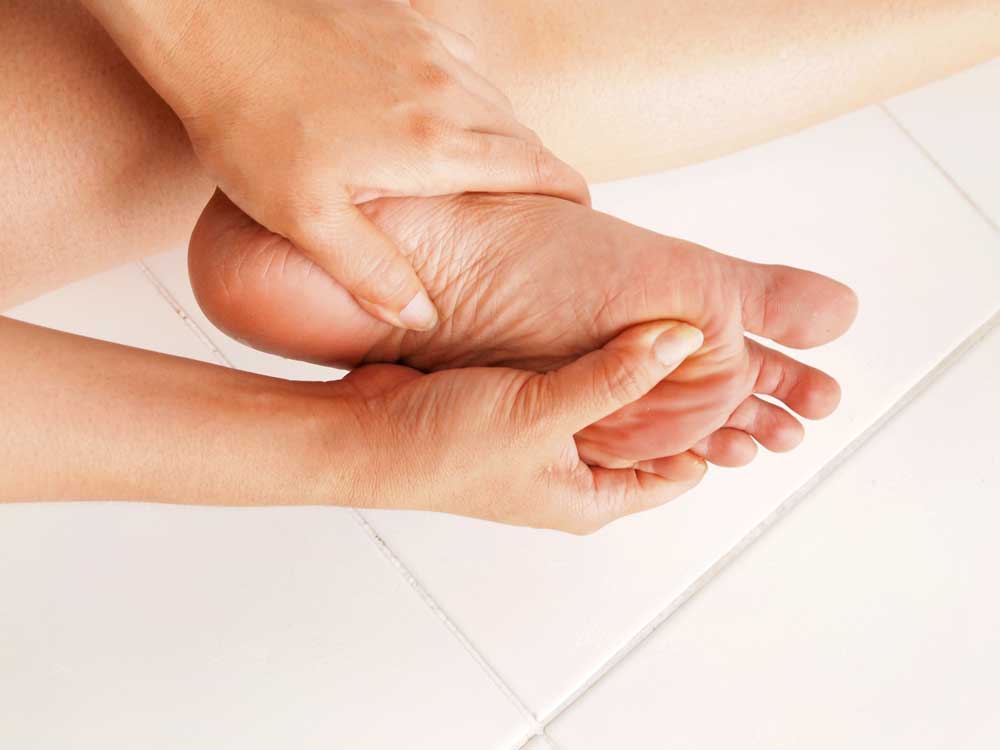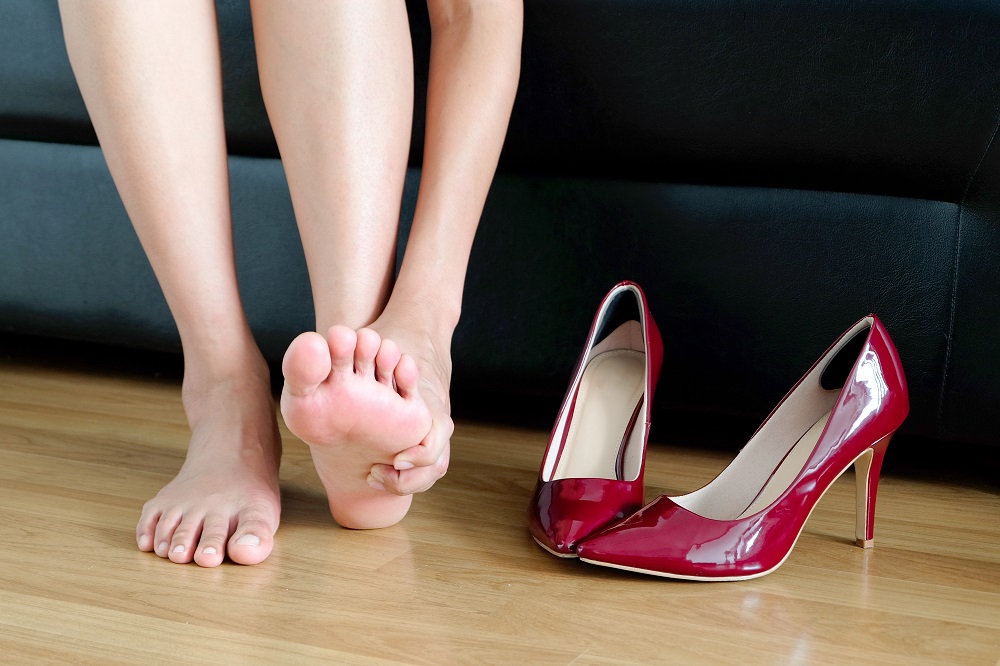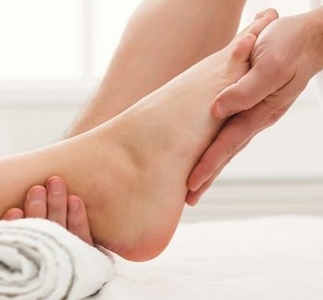It’s accepted everywhere that flat feet are a condition affecting adults from different age groups. The condition is characterised by the absence of the foot arch. This foot condition can sometimes affect individuals who want to join the defence or the military department where meeting different health parameters is necessary. A lot of people suffering from flat foot feel that their chances of getting disqualified at the military enlistment are higher.
In reality, however, a flat foot is not considered a disqualifying health condition. The candidate may get disqualified if he shows symptoms of symptomatic flat feet. Any kind of detrimental sign can prevent the candidate from securing a job in the military. This is why it is important for aspirants who wish to join the defence, to meet a podiatrist who may suggest a foot surgery in Surrey, if required.
An Insight into flat feet
Before anyone tells you about flat feet being a primary concern for military disqualification, it is important that you understand the problem at first. Such condition arises due to postural deformity resulting in a sudden collapse of the foot arch. A higher percentage of the population faces this foot problem. However, the condition is not referred to as life threatening. Medical interventions like foot surgery in Dorking may become necessary if the deformity progresses and becomes more painful.
Strange fact
Now, this will seem really strange to you. There are babies who are born with absolutely no arch at all. Meanwhile, as they turn 4-5 years of age, these little ones start growing an arch on both feet.
Causes of flat foot
You may have seen people suffering from flat feet and some of them undergoing foot surgery in Surrey. Medical interventions become necessary at times when the disorder turns painful. The main causes behind flat feet include:
- Genetic inheritance may cause flat foot. If your ancestors had a flat foot, chances are high that you or your offspring may develop this condition.
- A weaker arch that cannot support the feet when a person stands is considered a primary reason for the occurrence of flat foot.
- Sometimes fallen arches cause flat foot. In older people suffering from diabetes, obesity and blood pressure problems, chances of facing flat foot turn higher. A person who has had previous surgery in the posterior tibial tendon may also face flat foot.
Seek foot surgery in Dorking if you are facing excessive problems in your feet because they lack a full arch.

